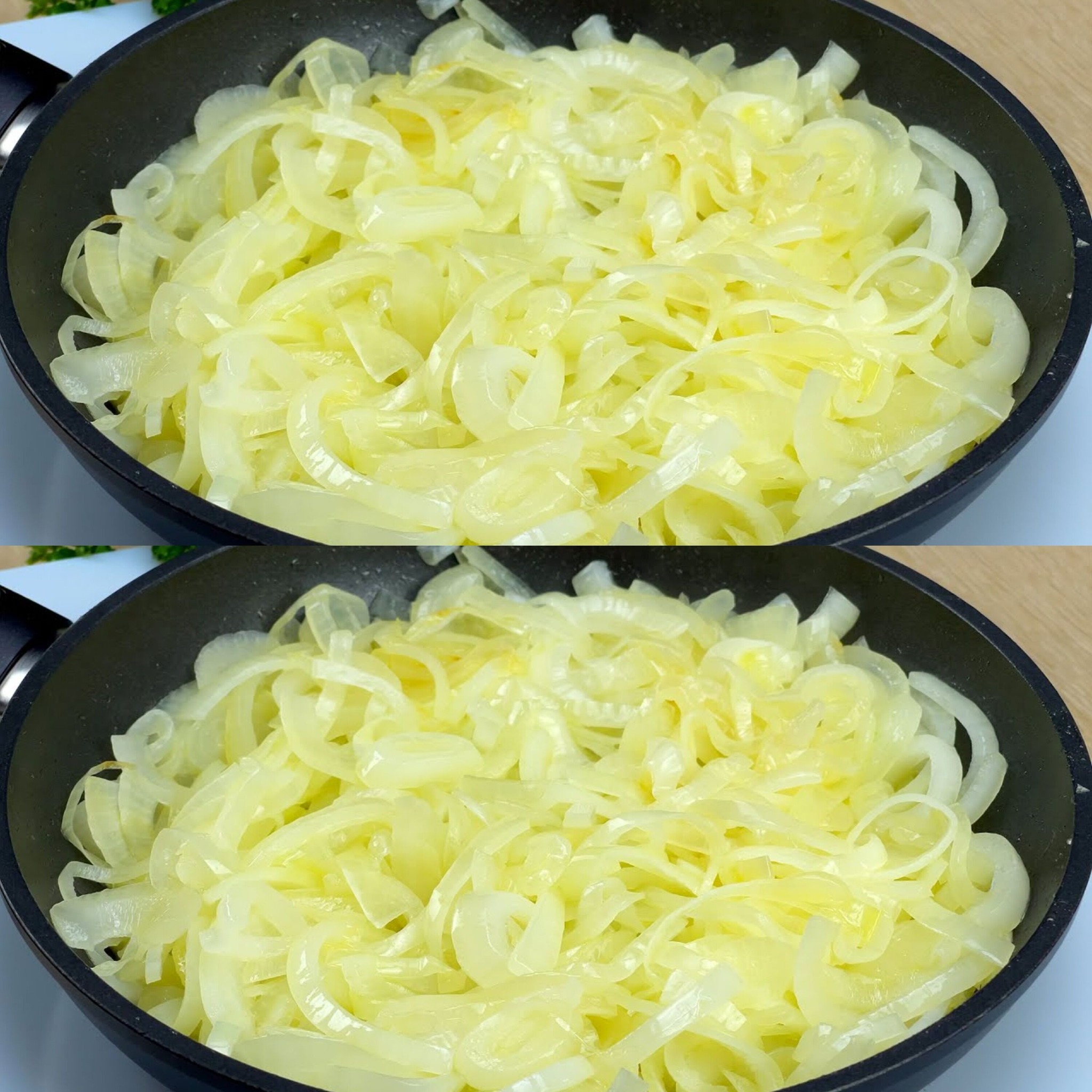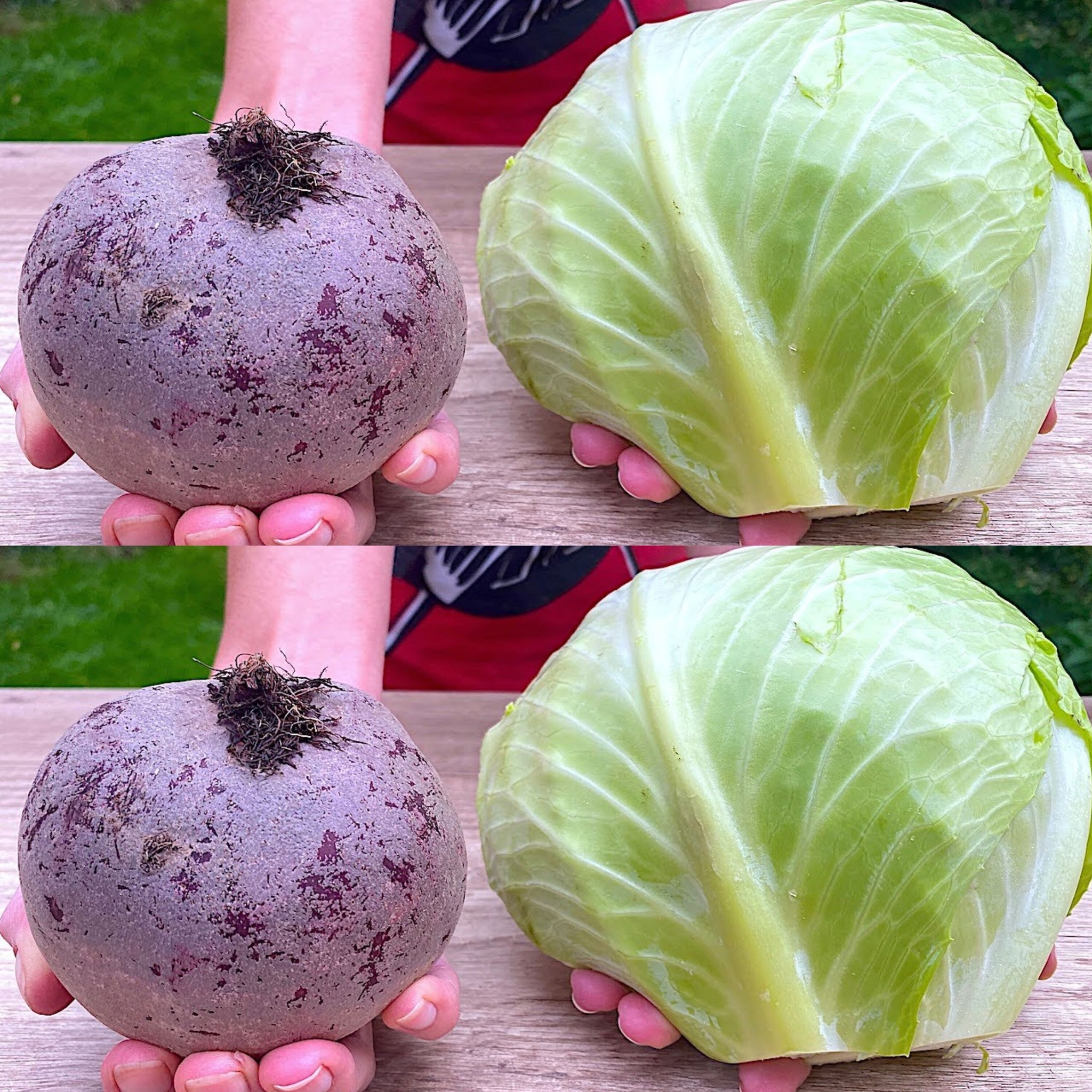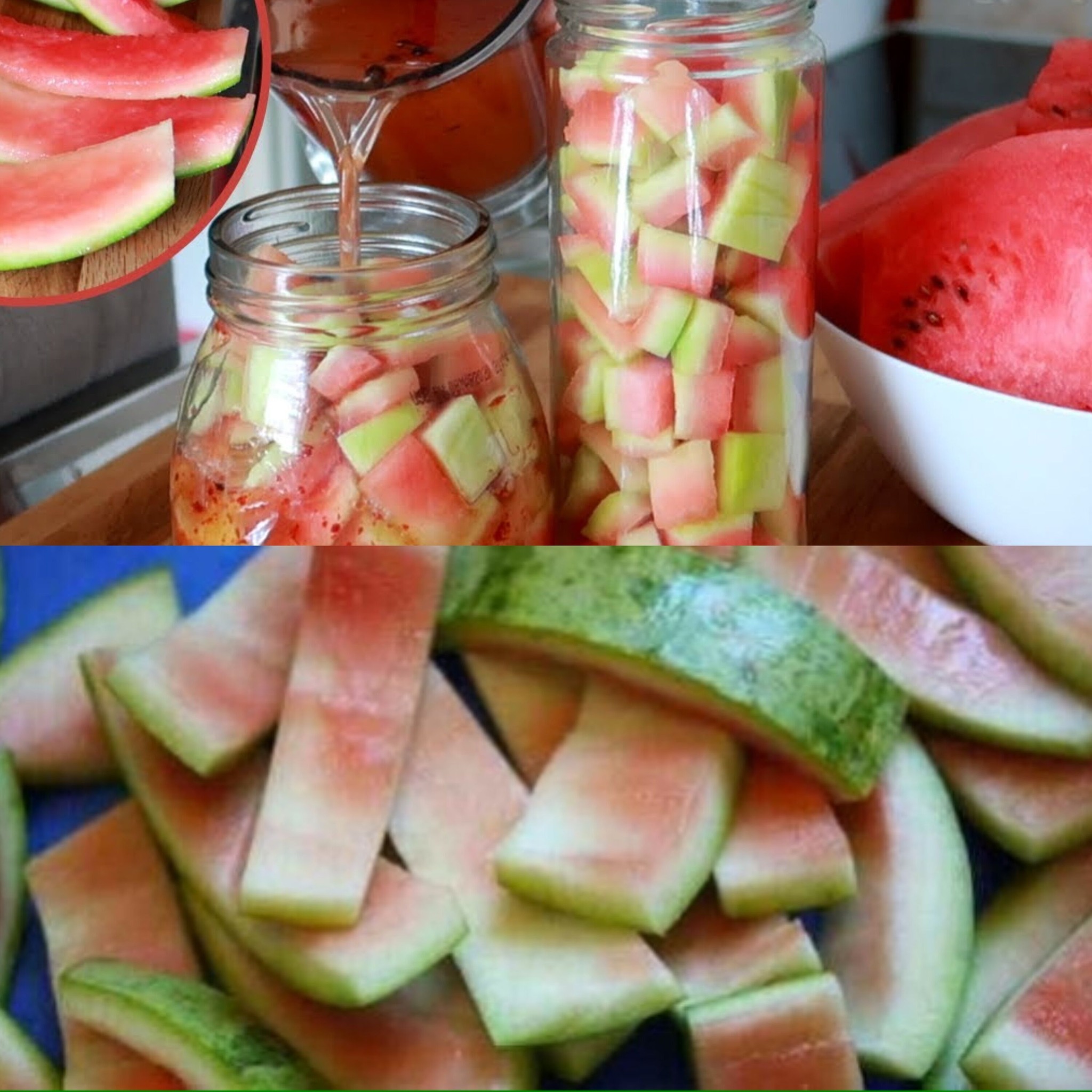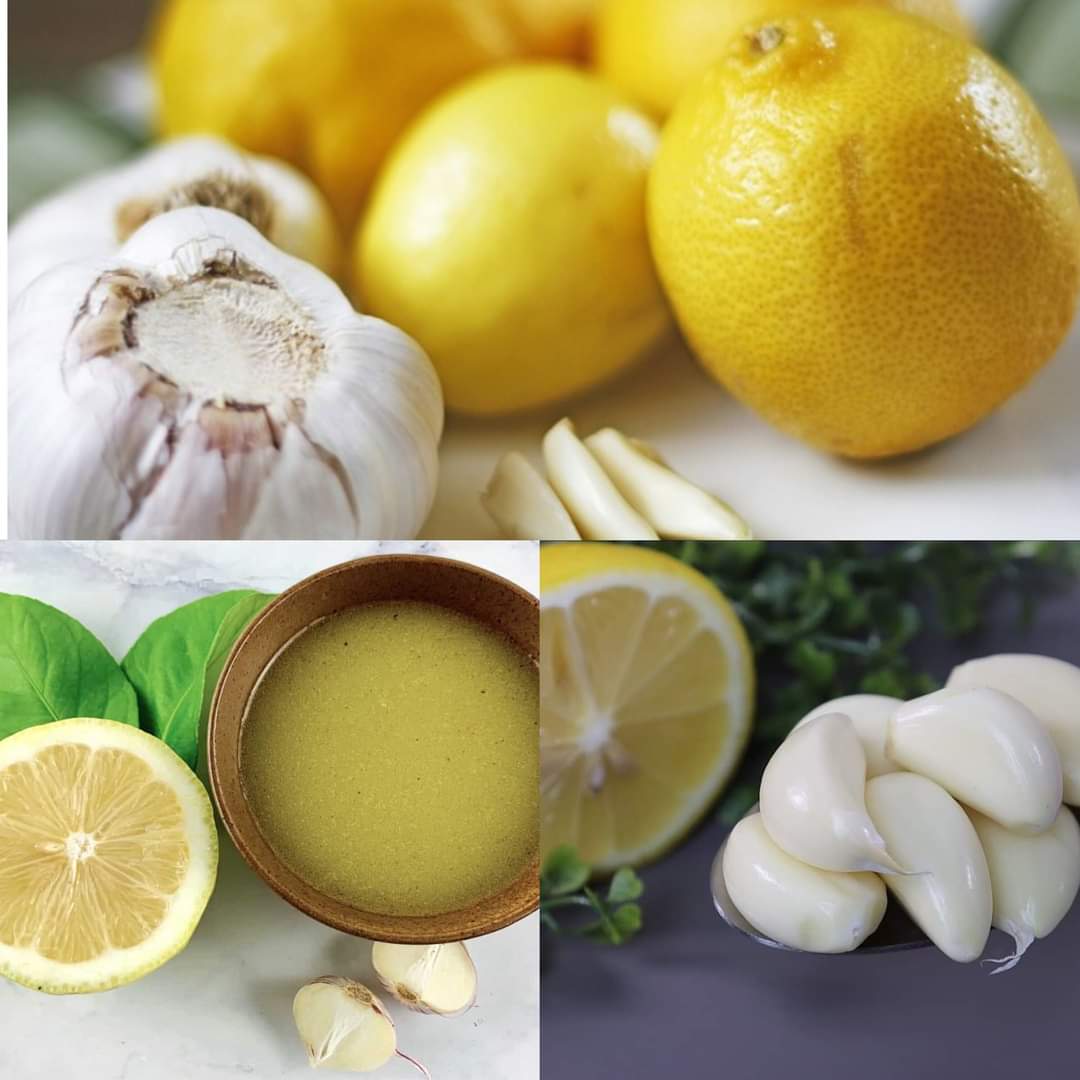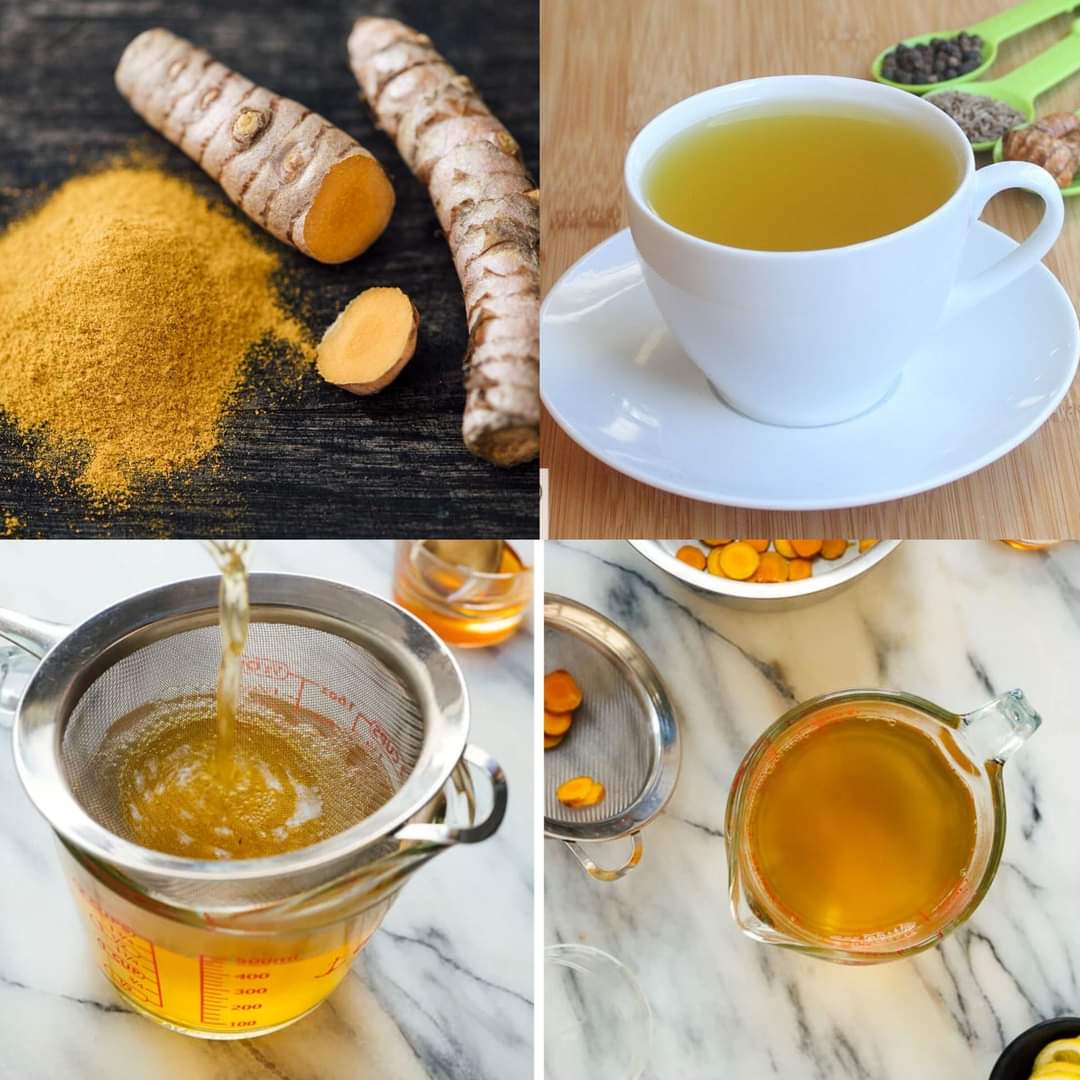How to Make Perfect Lemongrass Tea at Home
In addition to being a pleasant beverage, lemongrass tea has other health advantages. Lemongrass tea, well-known for its immune-boosting, digestive, and soothing qualities, is a great addition to your daily regimen. Its anti-inflammatory and antioxidant-rich qualities can help reduce anxiety and encourage relaxation. After meals, a cup of lemongrass tea can also help with digestion and soothe the stomach.
Items You’ll Require
Fresh Lemongrass:
- To make the best cup of tea,
- use two stalks of fresh lemongrass.
- In the event that fresh lemongrass is not available, dried lemongrass or tea bags containing lemongrass can be used.
Water: For brewing, use around two cups of water.
Honey or Lemon (Optional): You can add a spoonful of honey or a squeeze of lemon to improve the flavour to your preference.
Instructions for Brewing
First step: Get the lemongrass ready.
- When working with fresh lemongrass, begin by removing the rough, fibrous outer layers. Use only the stalk’s fragile sections.
Slice the stalks into 2 to 3 inch lengths, and then use the flat side of a knife to gently smash them. This improves the flavour and aids in the release of the oils.
Step 2: Bring to a boil
- After the lemongrass is ready, put it in a pot with about two glasses of water.
- After bringing the water to a boil, lower the heat, and simmer it for five to ten minutes.
- Keep in mind that the flavour will get stronger the longer it simmers.
Step 3: Pour and Garnish
- Take the tea off the heat after it reaches the strength you like.
- After removing the chunks of lemongrass from the water, transfer the steaming tea into a cup.
- For more sweetness and tang, feel free to squeeze in some lemon or add a teaspoon of honey.
Taking Pleasure in Your Tea
- Hot lemongrass tea is a fantastic match for a restful evening.
- Alternatively, chill it and pour it over ice for a nice beverage on a hot day.
In summary
The procedure of preparing lemongrass tea at home is easy and calming. In addition to its many health benefits, this tasty herbal tea offers a moment of relaxation during your hectic day. Either unsweetened or mildly sweetened, lemongrass tea is a wonderful beverage that can calm your nerves and improve your mood. Now is the perfect time to make your own lemongrass tea and enjoy all of its fantastic health benefits!

